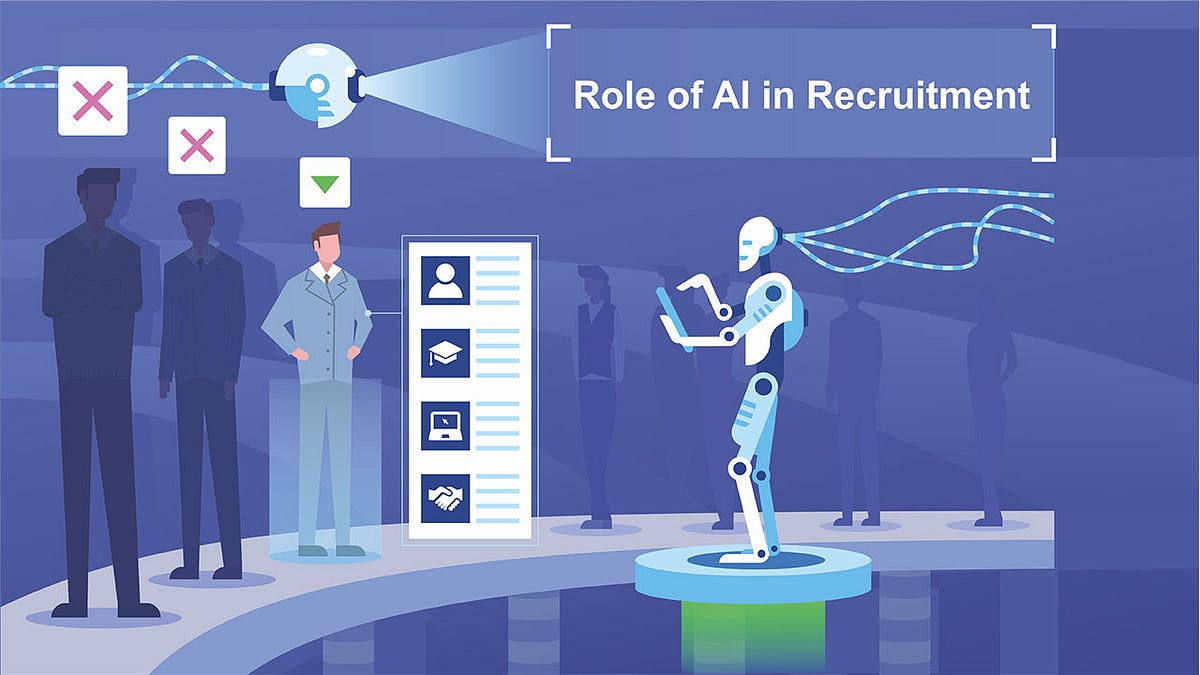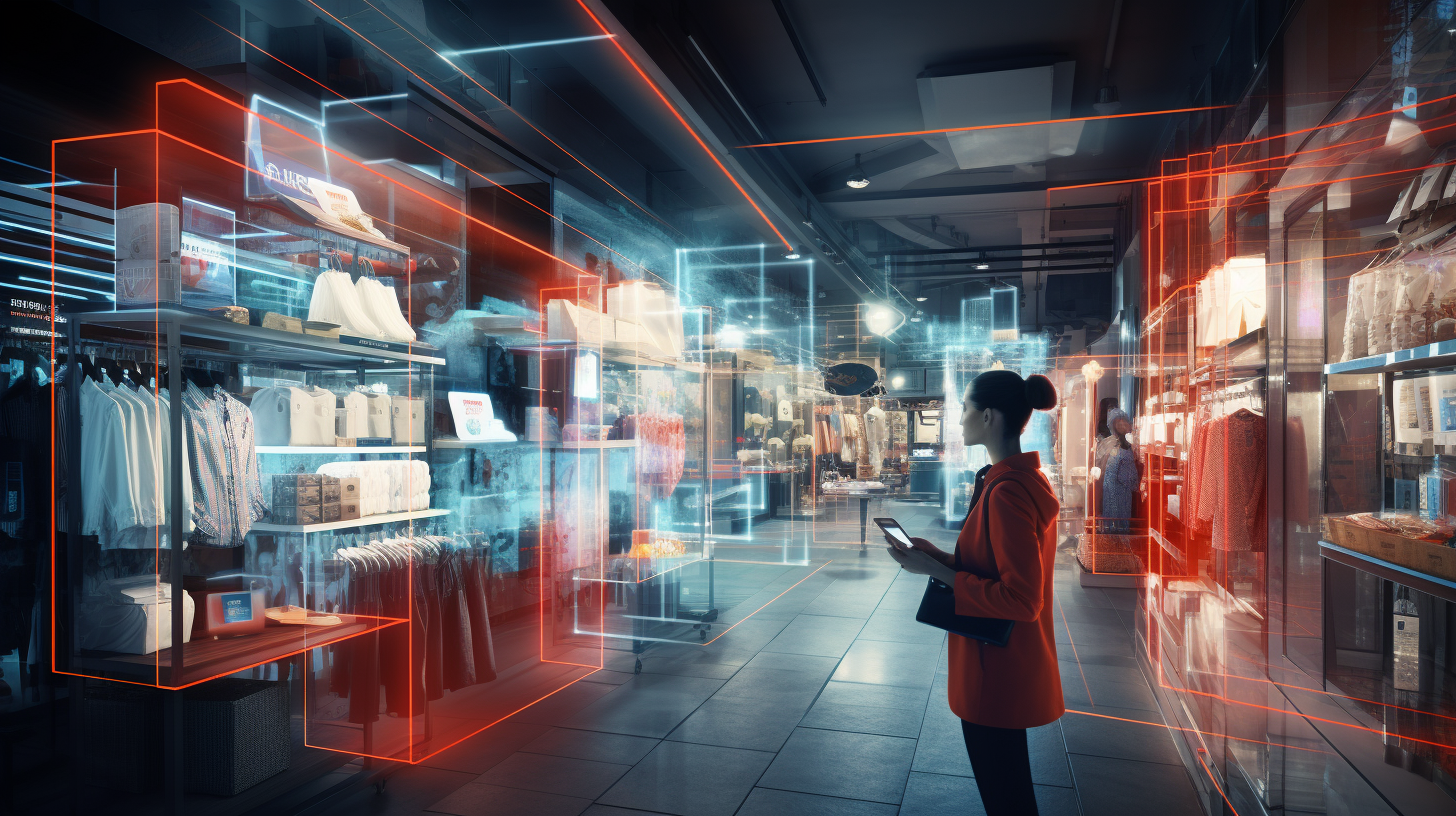How artificial intelligence algorithms work

https://www.linkedin.com/pulse/new-franchise-technology-manage-your-entire-from-dan-martin-cfe. Accessed 30 Oct. 2024.
AI algorithms identify patterns and make predictions by analyzing large data sets. Here are the steps in this process:
1 Data collection: Algorithms collect data from a variety of sources, such as customer interactions, sales records, and online behavior.
2 Data Processing: The collected data is cleaned and organized to remove any inconsistencies or irrelevant information.
3 Model training: Using machine learning techniques, algorithms are trained on historical data. This allows them to learn and adapt by identifying patterns within the data.
4 Prediction and decision-making: After training, algorithms can analyze new data and make predictions or decisions. For example, they can recommend products to customers based on their previous purchases.
Zahra Company: A Canadian Example

https://en.wikipedia.org/w/index.php?title=Zara_(retailer)&oldid=1249856814.

https://en.wikipedia.org/w/index.php?title=Zara_(retailer)&oldid=1249856814.
Zahra Company, based in Canada, is a great example of a brand that effectively leverages AI algorithms. The company is known for its focus on health and wellness products and uses AI to improve the customer experience and increase operational efficiency

https://en.wikipedia.org/w/index.php?title=Zara_(retailer)&oldi
Personalized recommendations: By analyzing purchase history and customer preferences, Zahra Company uses artificial intelligence to provide personalized recommendations to customers, which helps improve customer satisfaction and increase sales.

https://www.expressanalytics.com/blog/customer-personalization-what-is-it-and-how-to-achieve-it/.
Inventory Management: Zahra Company uses AI-powered analytics to optimize inventory levels. By anticipating demand trends, the company can ensure that popular products are always available while avoiding excess inventory

https://www.netsuite.com/Warehouse/Software
Customer Pros: AI algorithms help Zahra Company analyze customer feedback and behavior, which allows the company to improve its products and marketing strategies

https://insightsoftware.com/embedded-analytics/. Accessed 30 Oct. 2024.
At Venus Company, suppose that AI algorithms are used to select candidates in the hiring process. Mainly derived from male candidates, the algorithm may unfairly favor men over women. This bias can lead to a lack of diversity in work teams and a reduction in job opportunities for women.

https://www.microsoft.com/en-us/legal/intellectualproperty/copyright. Accessed 31 Oct. 2024.
In my opinion, AI algorithms play an important role in modern businesses, including Canadian companies like Zahra. By leveraging these technologies, brands can improve the customer experience, optimize operations, and make data-driven decisions that lead to better results.

https://fnance.com/ai-algorithms-in-fintech/.CloseDeleteEdit
Translated form Persian by Google Translate
Company Sephora
Beauty World: How AI Algorithms Are Shaping Your Shopping Experience at Sephora
https://www.sephora.co.th/beautyfeed/article/sephora-emquartier-store-reopening. Accessed 31 Oct. 2024.
The Sephora Experience
Sephora, one of the pioneers in beauty retail, uses these technologies to create a seamless and engaging customer journey. This blog explores how Sephora uses AI algorithms, their potential biases, and their broader impacts on society.
1 Data Collection: Sephora collects large amounts of data from its customers through the app, website, and face-to-face interactions. This includes product preferences, skin type, and purchase history.
2-Machine Learning Models: Data is analyzed using machine learning algorithms to identify patterns and preferences. For example, collaborative filtering techniques provide product suggestions based on the choices of similar customers.
3 Sephora, one of the pioneers in beauty retail, uses these technologies to create a seamless and engaging customer journey. This blog explores how Sephora uses AI algorithms, their potential biases, and their broader impacts on society.
Real-world examples
Virtual Artist: The Sephora app has a tool called “Virtual Artist” that uses augmented reality to allow customers to try on makeup virtually. The technology relies on facial recognition algorithms to match the products to the user’s skin tone.
Product Suggestions: The “Suggestions” feature on the website suggests products based on user behavior, increasing the likelihood of a purchase.

https://www.standard.co.uk/lifestyle/london-life/british-
Biases and Influences:
Bias in offerings: If the training data reflects trends in the market that favor certain products or populations, the algorithm may ignore products suitable for skin tone diversity or skin type, creating bias.
Customer experience: Biases can lead to the exclusion or neglect of certain customer groups, impacting brand perception. If a customer feels that they are being ignored or not represented, they may decide to skip shopping at Sephora.
Conclusion:
The integration of AI algorithms in retail, as exemplified by Sephora, enhances the shopping experience but also raises concerns about biases that can affect consumer trust and brand loyalty.

AI in retail is not only increasing sales but also shaping consumer preferences and behaviors, influencing broader trends in beauty and fashion.

Personal experience with bias: I’ve been influenced by bias in suggestions and usually see products that don’t match my skin type or preferences. This can be frustrating because it limits my choices and makes me feel alienated.
Bias in AI may lead to a more narrow view of existing products. I may be missing out on options that could be great for me simply because the algorithm hasn’t prioritized them based on faulty data.
Design Tips:
1AI Algorithms in Retail: The Sephora Experience

http://www.multivu.com/players/English/7749653-sephora-chicago-400th-store-opening/. Accessed 31 Oct. 2024.
2 Images: Using graphs, icons, and flowcharts to show how data is transmitted through the algorithm and its impact on the customer experience.

https://www.freepik.com/premium-ai-image/design-workflow-automation-with-
3 Standards: Ensuring that all data and statistics are cited correctly.
4 Citations: Ensure that all data and statistics are properly cited.
Translated form Persian by Google Translate
